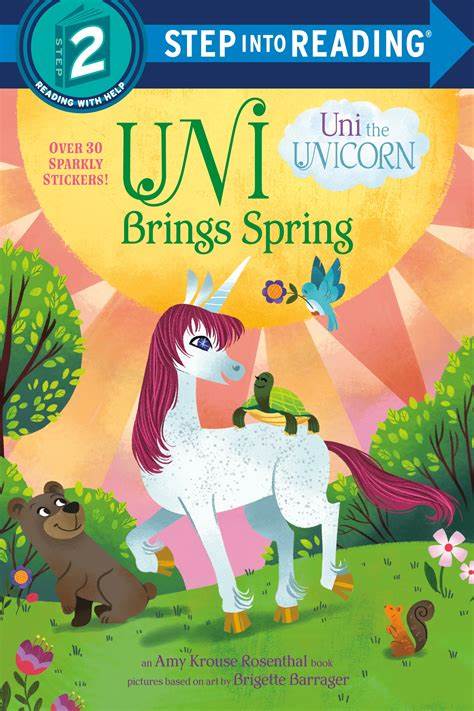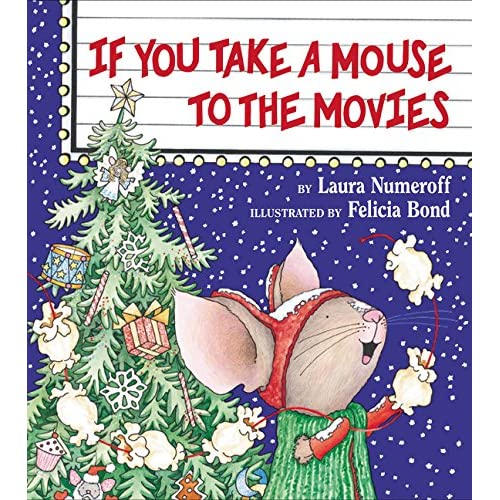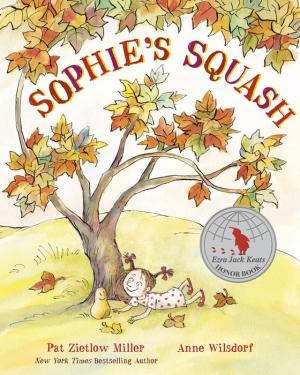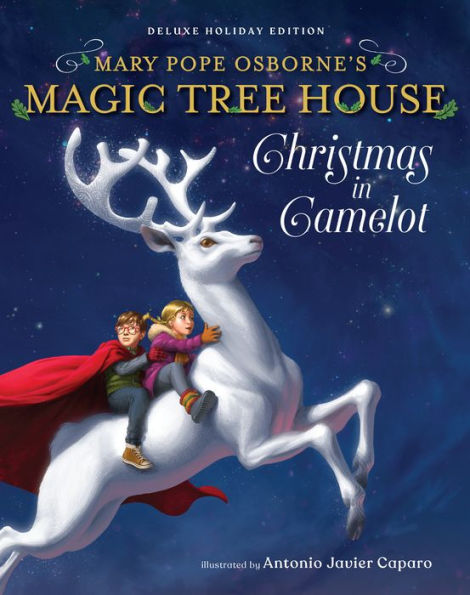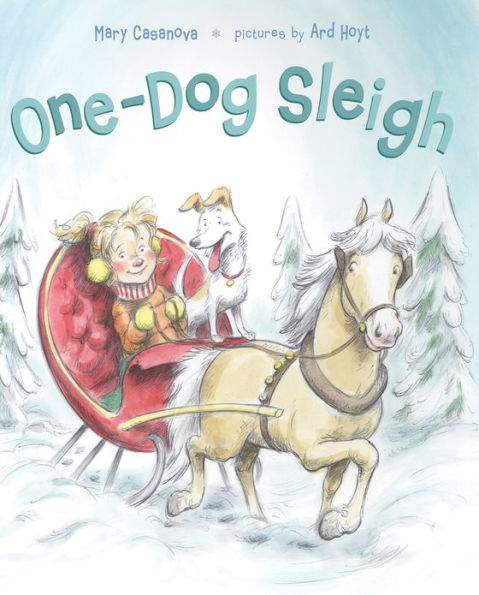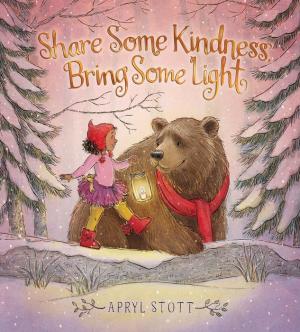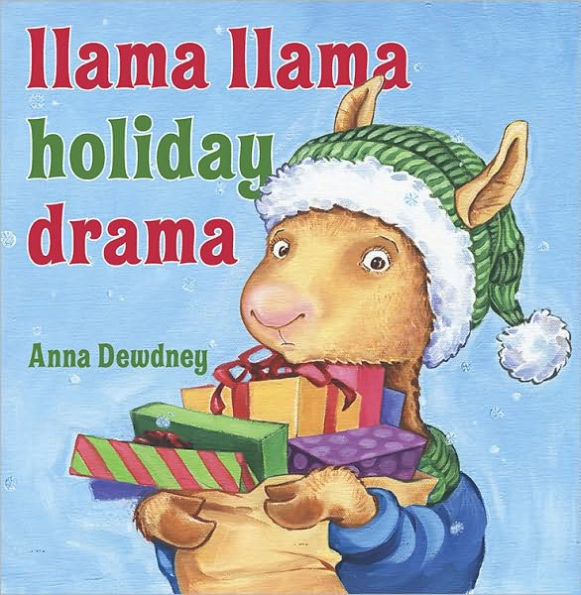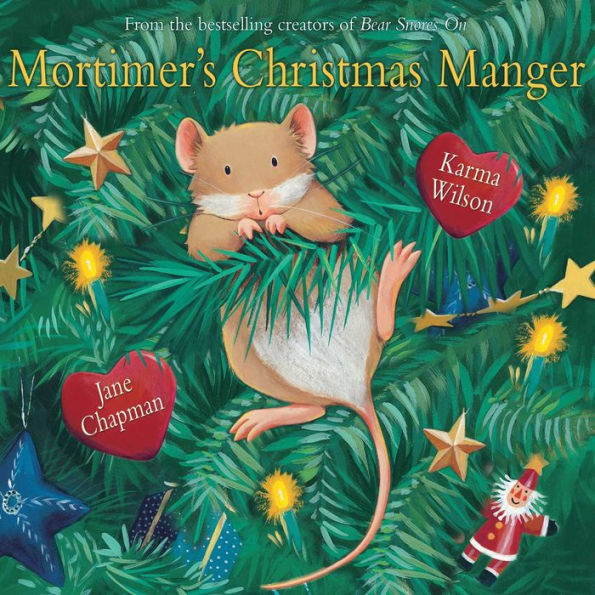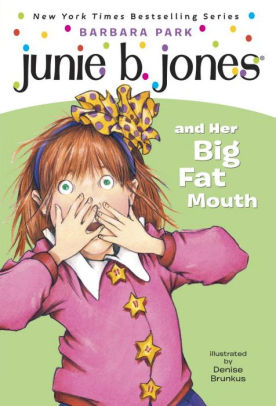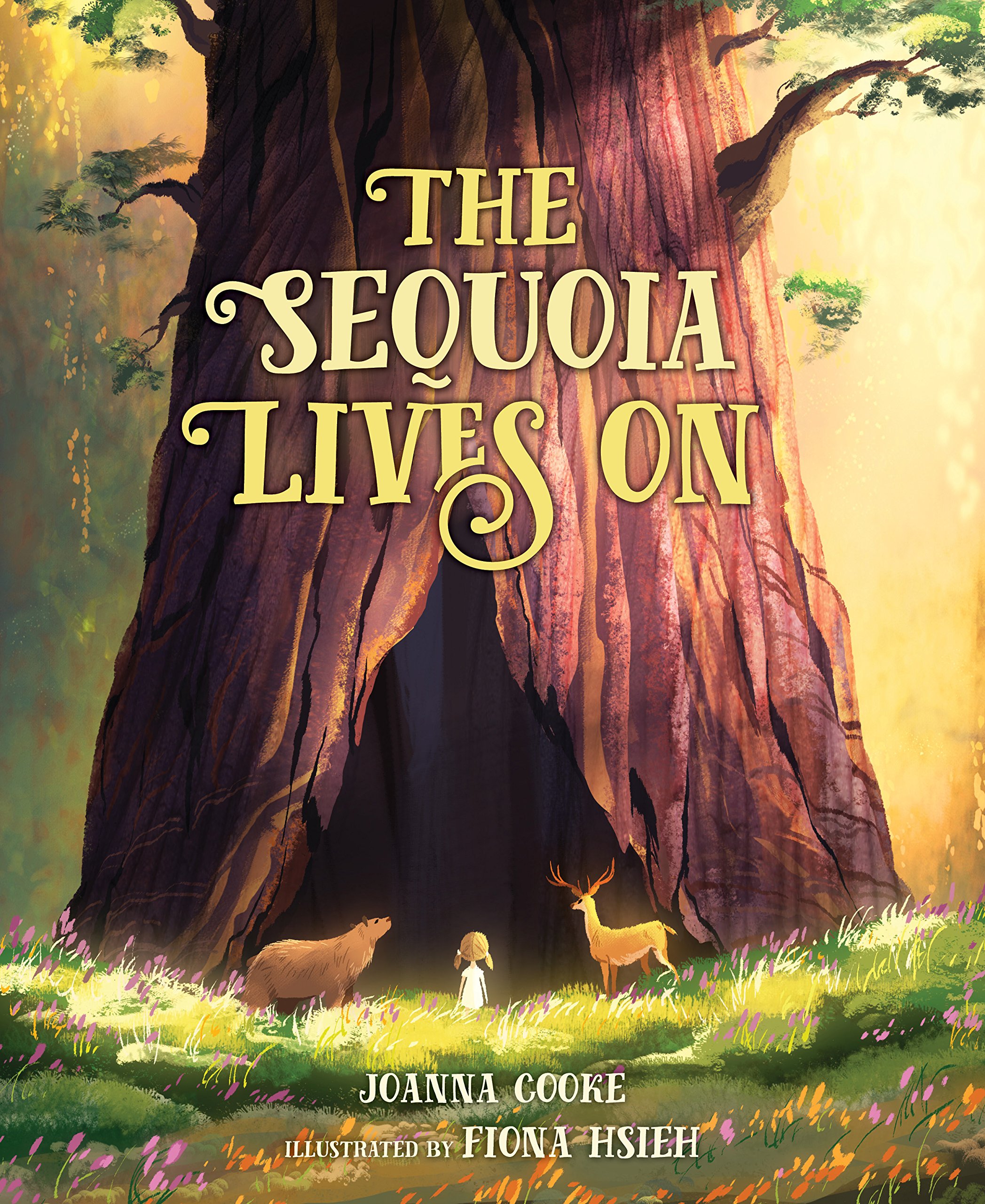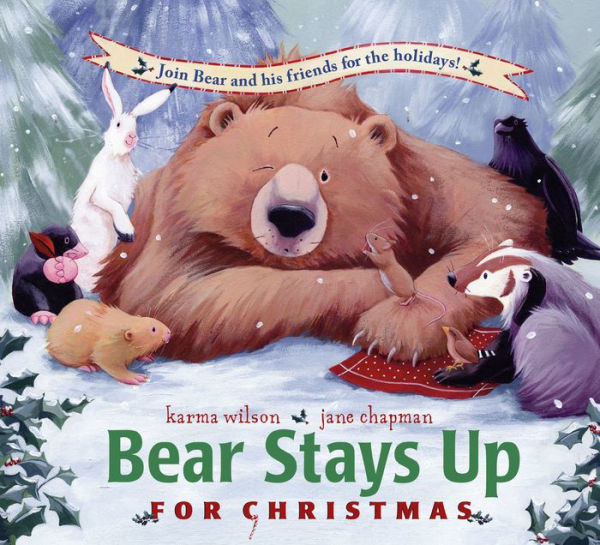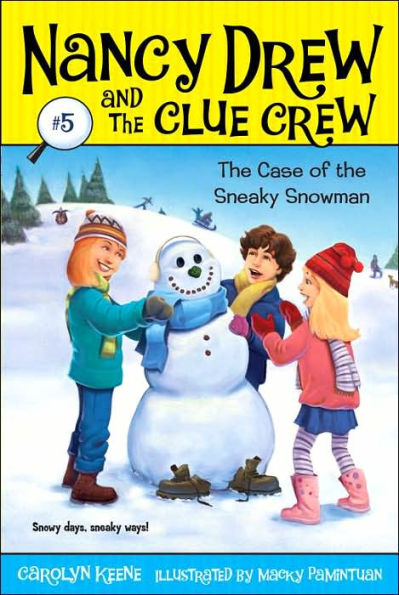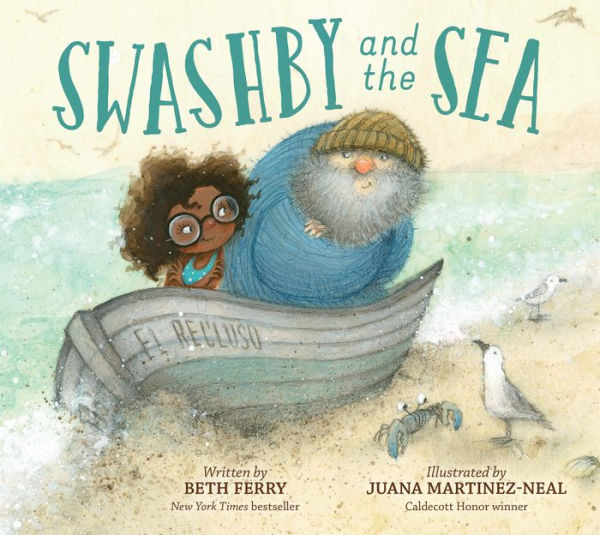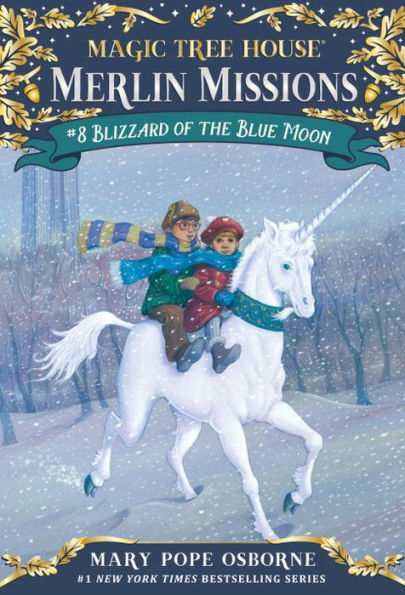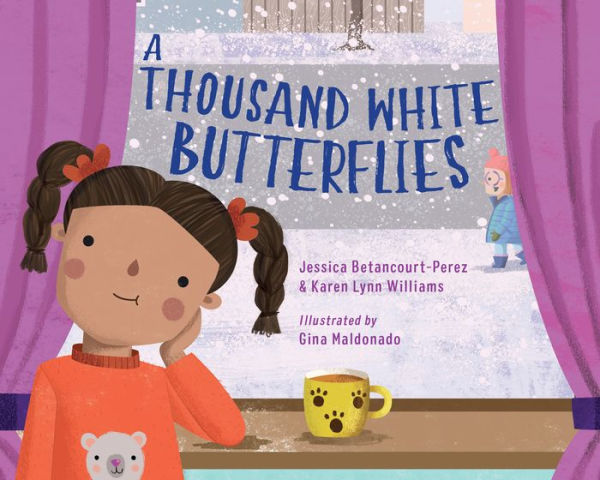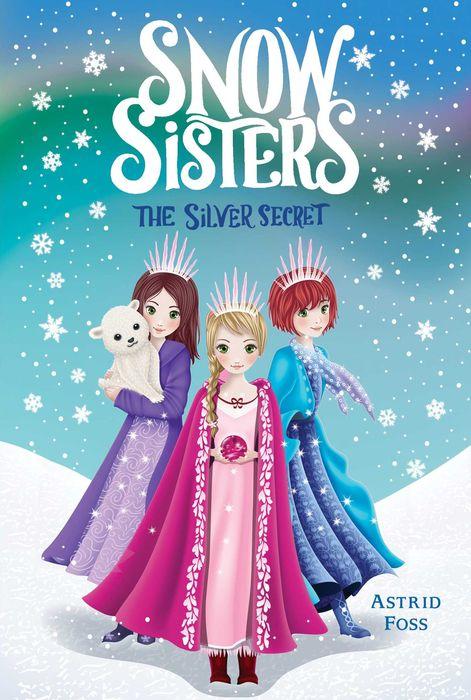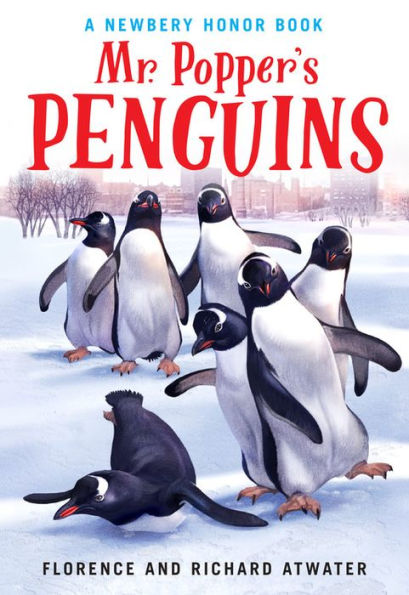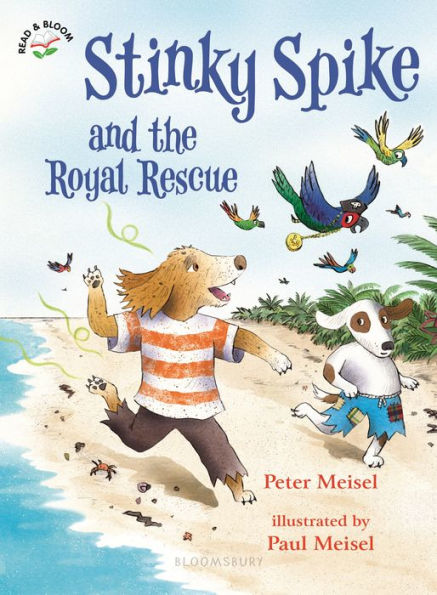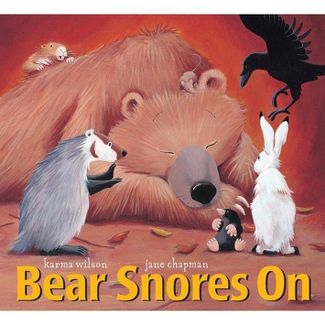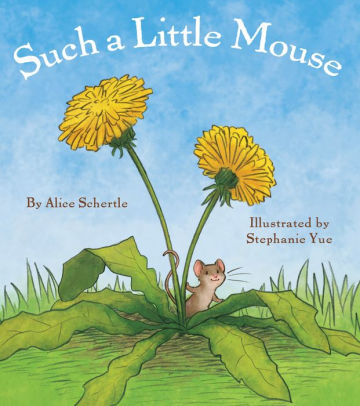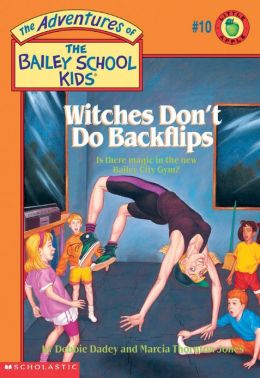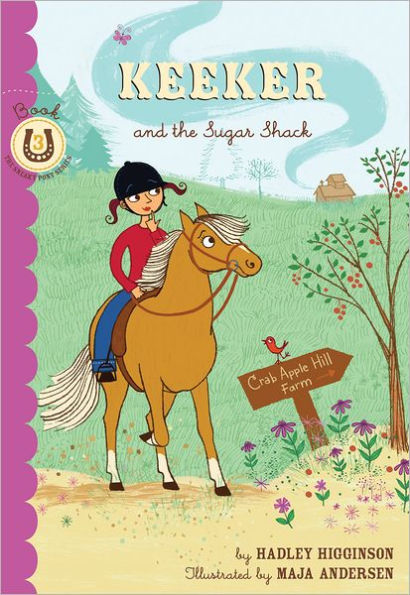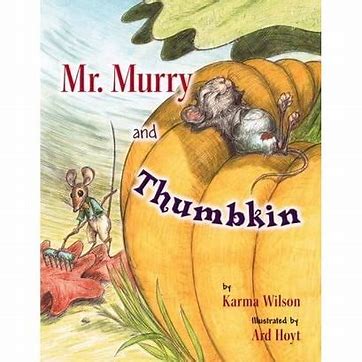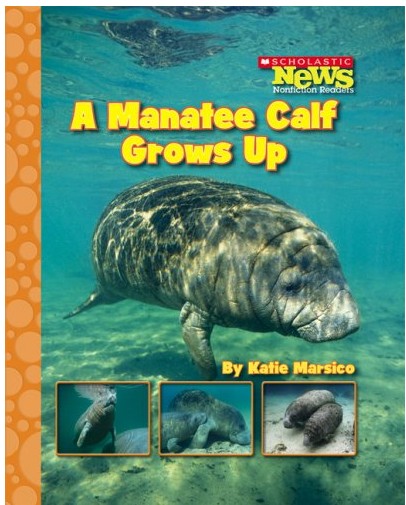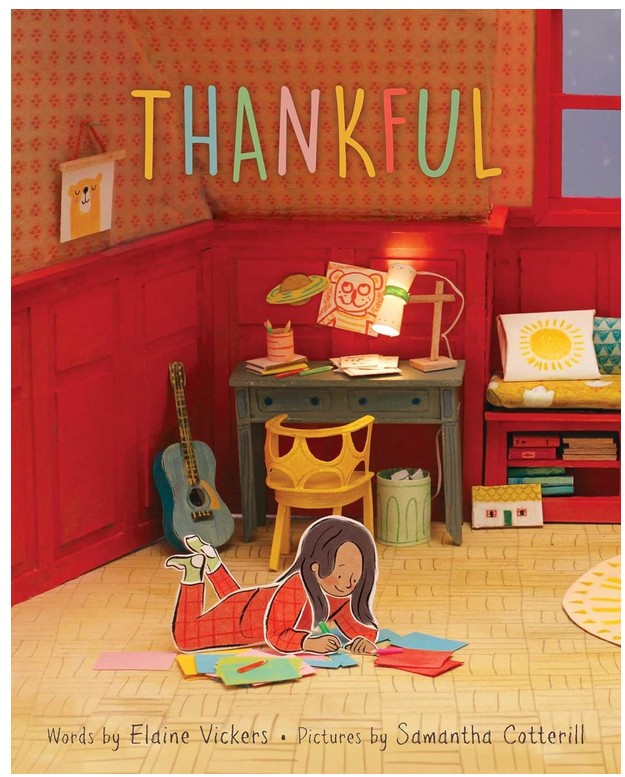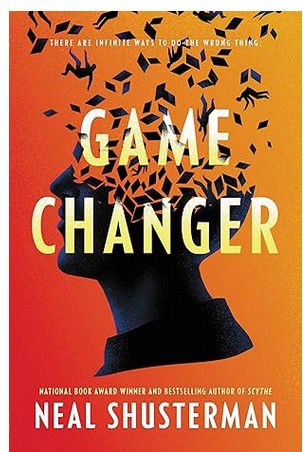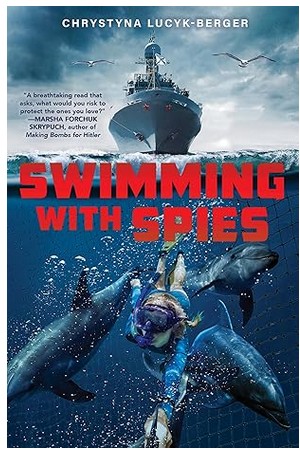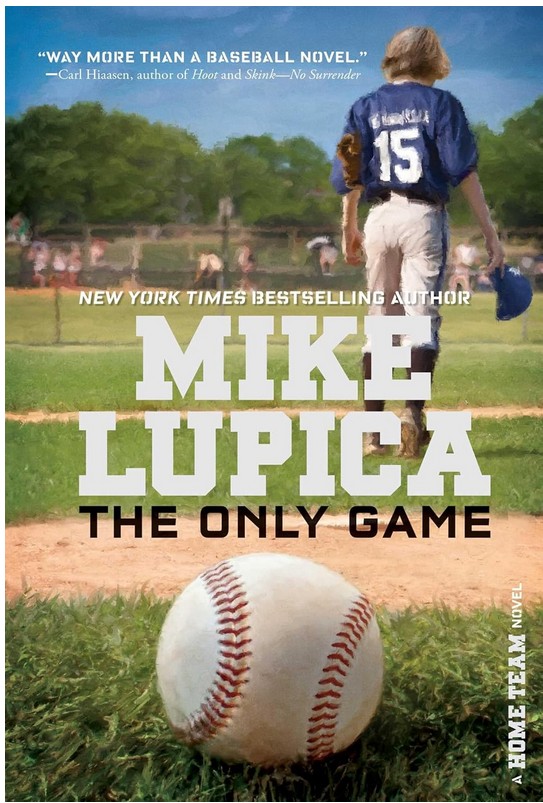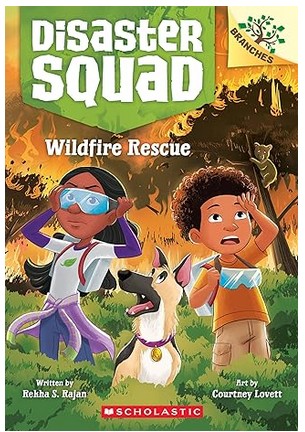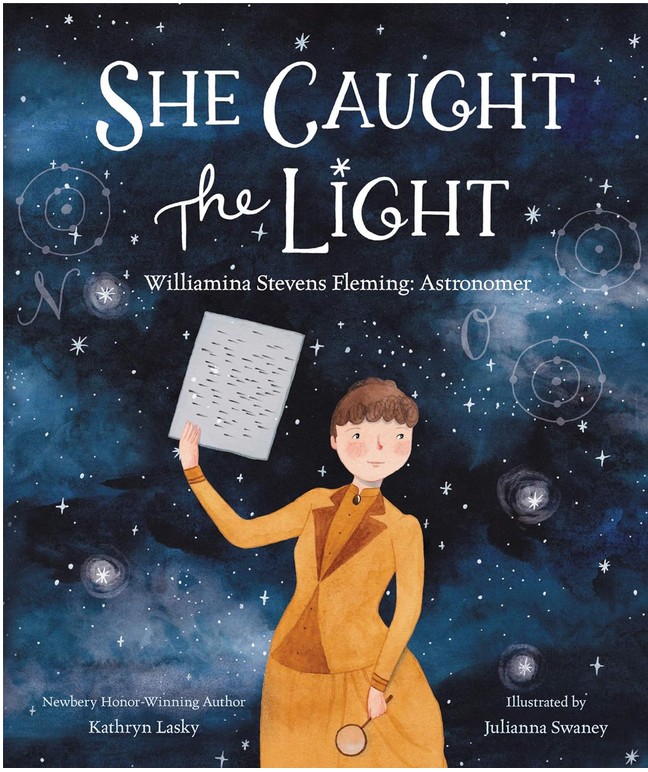Howie, Eddie, and Melody are convinced that the new gymnastics teacher, Miss Brewbaker, is a witch. When the kids decide to take Prince Diamond to gymnastics, the teacher doesn’t want the dog near her. Then, when Prince Diamond disappears, Eddie is convinced that Miss Brewbaker has turned the dog into a frog.
Eddie and Melody are determined to prove that Miss Brewbaker is a witch. Melody says, “It all adds up: a moving broom, strange rhymes that come true, and flips that look like flying.” Is Miss Brewbaker really a witch? And if she is, how will they find a way to reverse the spell and turn Prince Diamond back into a dog?
Young readers will enjoy trying to piece together the clues to prove Miss Brewbaker is really a witch. Miss Brewbaker looks like a stereotypical witch, with a big nose and a wart. However, she is nice to the kids…that is, until Prince Diamond appears. Miss Brewbaker and her black cat both want to avoid dogs. This leads to some silly speculating among the four friends. None of the clues prove that Miss Brewbaker is a witch, but the kids are still convinced that she has witchy powers.
The kids go to the library to research witches. Then during gymnastics, the kids keep finishing Miss Brewbaker’s rhymes because “the library book said that finishing a rhyme takes away the spell’s power.” In addition, the kids distract Miss Brewbaker so Eddie can look for her spellbook. Afterward, Eddie says, “I found the cookbook, or rhyme book, or spellbook, or whatever you want to call it. Then I said each one backwards. . . I bet it broke every one of Miss Brewbaker’s spells.”
In order to help readers visualize the characters and understand the plot, Witches Don’t Do Backflips has illustrations every 2 to 3 pages. The large black and white illustrations emphasize the characters’ facial expressions to show their emotions. Witches Don’t Do Backflips is perfect for emerging readers who are ready for chapter books because it has easy vocabulary, short chapters, and many illustrations.
Black cats, spells, and a missing dog combine to make a fast-paced story that readers will enjoy. Even though the story focuses on a witch, there are no spooky scenes. Witches Don’t Do Backflips is a fun story that will appeal to many readers and get them in the mood for some fall fun.
Sexual Content
Violence
Drugs and Alcohol
Language
- Eddie says gymnastic lessons are sissy lessons.
- When Eddie meets the gymnastics teacher, he says, “Look at the size of her nose. If she sneezes, we’ll end up somewhere over the rainbow. Look, she even has a wart on that huge honker.”
- Because the gymnastics teacher dresses in all black, Eddie says, “I hope she’s a better teacher than she is a dresser.”
- The kids call each other names such as chicken, dope, and bunny brains
- When Carey brags about how good she is at gymnastics, Eddie says, “I’d like to carefully rearrange your face.”
- The kids are not always nice to each other. For example, when Eddie says black cats are bad luck, Liza says, “You’ve got a hairball stuck in your brain.”
Supernatural
- Lisa thinks “witches used gingerbread houses to lure and trick kids.”
- The gymnastics teacher uses rhymes that the kids think are spells. Below are a few examples.
- Carey doesn’t want to mess up her hair at gymnastics. The teacher says, “Straight or curly / Black or gold / You’ll love tumbling / when all is told!” After the spell, Carey does several cartwheels.
- Melody has a hard time doing a cartwheel until the gymnastic teacher says this rhyme, “Replace that frown, / No time to cry! / Keep on practicing and / soon you’ll fly.” After the rhyme is spoken, Melody does a perfect cartwheel.
- Several dogs disappear and frogs show up after Miss Brewbaker says, “Leave us be, / We don’t like dogs. / Especially spotted ones / Like warty frogs!”
Spiritual Content
